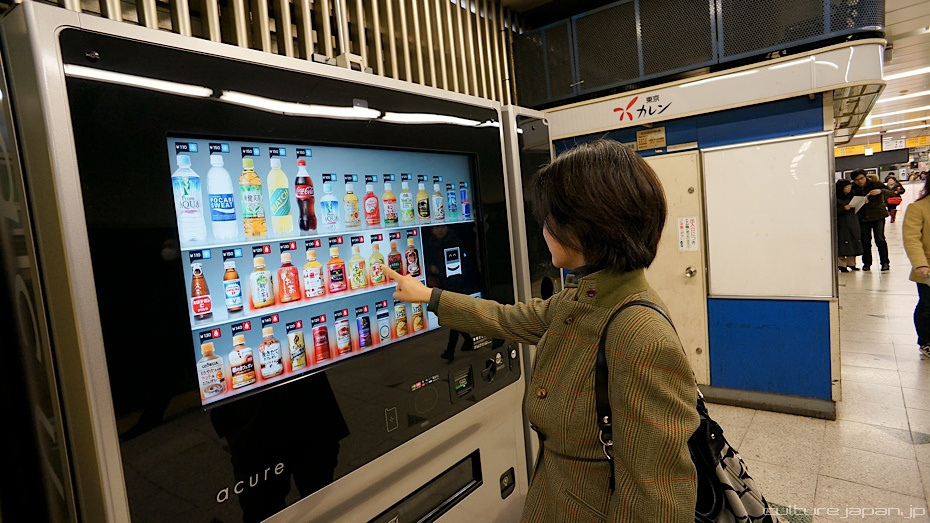Smart Contracts Don’t Leave Humans Out of the Picture
Smart contracts, which execute automatically based computer algorithms, have received a good deal of attention as a promising application of blockchain technology. There is good reason for the hype: these technologies can make executing contracts more efficient, and even provide means of enforcement that do not rely on governments and court systems.
Blockchain enthusiasts often focus on the potential for smart contracts to replace biased and fallible humans with cut-and-dry computer code. But this emphasis on code over humans can cause confusion about both the definition and true potential of smart contacts.
Most smart contracts hinge on human behavior and decisions. In some cases, smart contracts even allow human interpretation through third-party mediation. The important feature across all cases is that final execution of the contract’s terms is beyond the control of the contracting parties.
Real-World Actions
We often think of smart contracts running automatically, based on objective states of the world, with no human involvement. For example, many writers introduce smart contracts through the elementary example of a vending machine, which runs on the simple algorithm, “If person inserts money and presses button, automatically dispense item.” But even this stylized example requires actions taken by human beings in the real world. Execution requires a person to take the action of inserting money and selecting an item.
Smart contracts can also include deliberation and voting by the parties involved. Decentralized autonomous organizations are supposed to function like firms, except they run exclusively on smart contracts. One DAO — called The DAO (which was famously hacked) — allowed token holders to vote on which proposed projects to fund.
The only real difference between this arrangement and a group of venture capitalists agreeing to pool their money and vote is whether a dissenting voter could renege and withhold their funds. In the former, the contract executes automatically after voting, while in the latter, the group in theory must take the dissenter to court.
Human Judgement
The term “smart contract” was coined well before the advent of blockchain technology, in a 1994 essay by Nick Szabo. Szabo’s broad definition of a smart contract is “a computerized transaction protocol that executes the terms of a contract.” But Szabo left open the possibility that one input to the computerized protocol could be a person’s judgment.
One of Szabo’s examples is a “smart lien” on an auto loan:
For example, a car might be rendered inoperable unless the proper challenge-response protocol is completed with its rightful owner, preventing theft. If a loan was taken out to buy that car, and the owner failed to make payments, the smart contract could automatically invoke a lien, which returns control of the car keys to the bank. This smart lien might be much cheaper and more effective than a repo man.
This seems like a tantalizing possibility, both for efficiency gains and the ability of the parties to contract without trusted intermediaries, such as banks and courts, to enforce payment or repossession. But Szabo sees several potential problems with this formulation: “Also needed is a protocol to provably remove the lien when the loan has been paid off, as well as hardship and operational exceptions. For example, it would be rude to revoke operation of the car while it’s doing 75 down the freeway” (emphasis added).
Detecting that the loan is paid off or that the car is being driven seems easy enough to fully automate. But what about “hardship”? Monitoring the borrower’s checking or savings account is obviously not a complete solution. What if the borrower fell ill and missed several months of work, but has recovered and can only pay off the loan if they drive the car to work?
We cannot foresee every possible state of the world. This problem, known as incomplete contracts, affects smart contracts every bit as much as traditional ones. In many situations, smart contracts must directly incorporate a means of human judgment if they are to avoid the need for outside litigation.
Escrow systems with mediation are an example of a smart contract incorporating ex post human judgment. OpenBazaar, a peer-to-peer retail platform using cryptocurrency and preserving participants’ anonymity, uses a multi-signature escrow system.
The buyer places funds in an escrow account that requires two of three digital signatures to release to the seller. The buyer either receives and is happy with the item or initiates a dispute, judged by a pre-selected third-party mediator who can release the funds to the seller or back to the buyer.
As in the venture capital example above, the buyer and seller are unable to renege on the agreement. They can influence the mediator by making their cases, but the final and irreversible decision is out of their hands.
The Real Innovation
Smart contracts without any human interaction can certainly exist. For example, an agricultural firm wishing to insure itself against bad weather could agree to a smart contract that automatically transfers funds based on the readings of a thermometer and other instruments.
But restricting the definition of smart contracts to those fully insulated from humans limits their usefulness to a very small set of circumstances. Most contractual agreements involve human actions that cannot be fully automated, and foreclosing the possibility of any human judgment would be risky in many situations.
The significance of smart contracts is not that their execution is beyond any human control. Rather, their execution is beyond the control of the contracting parties. If I fail to meet my obligations under a traditional contract, I might only be forced to comply by a costly legal process and threat of greater penalties. In a smart contract, I have committed before the fact to having the terms executed. Beyond semantics, this is the true innovation of this promising application of blockchain technology.












